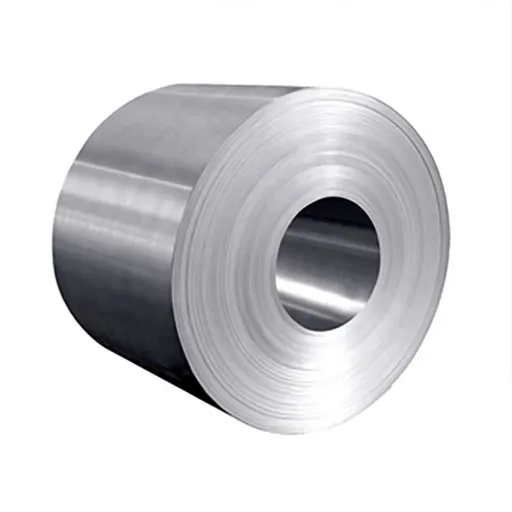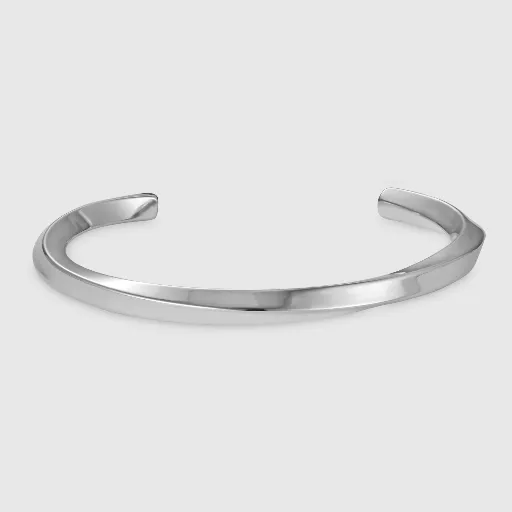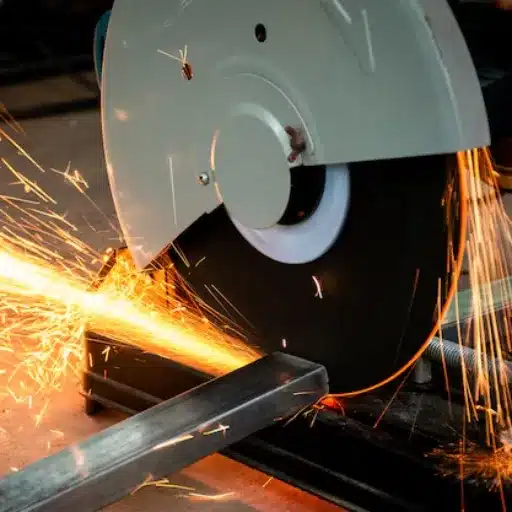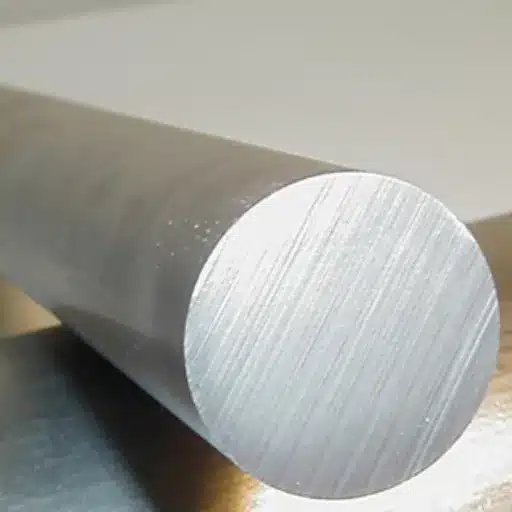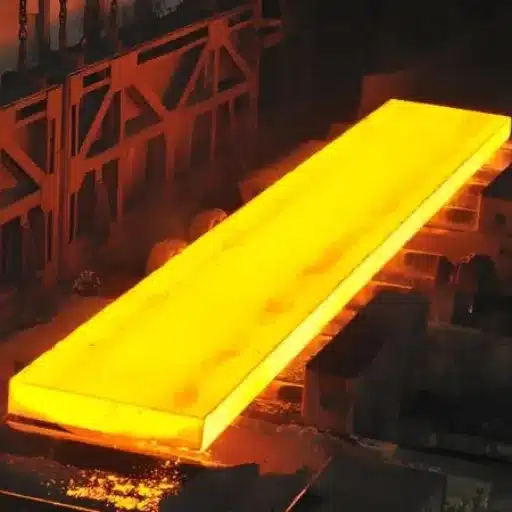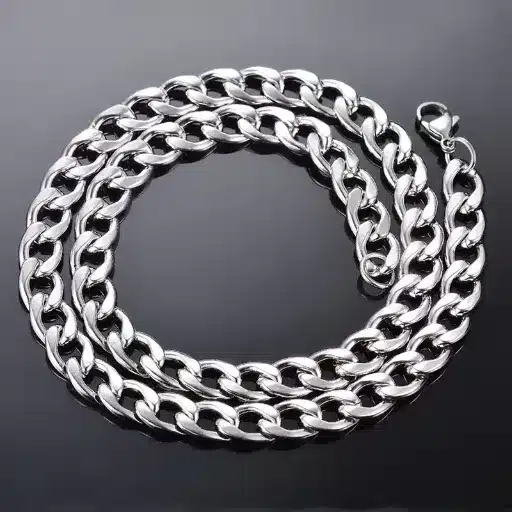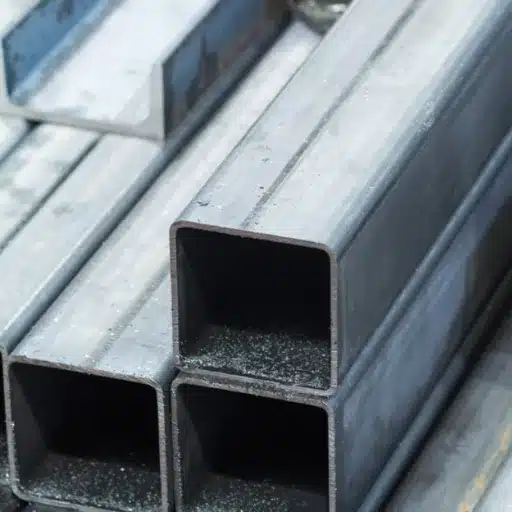Steel has been synonymous with versatility and durability across all sectors. Out of the many steel types, Grade 301 stainless steel is best known for its impressive combination of strength, formability, and corrosion resistance. What makes this steel type exceptional is the countless opportunities it presents for applications that demand intricate detailing and precision, such as pocket watch movements, where high-level performance is required even for the smallest components.
Introduction to Grade 301 Stainless Steel
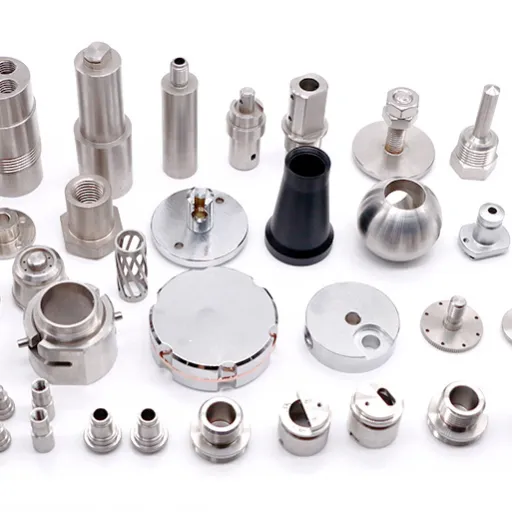
Grade 301 steel is exceptionally strong and known for its superior quality protection against mechanical erosion and natural decay. In the watchmaking industry and several other sectors, its fine material structure makes it desirable for products designed for longevity.
Definition and Composition
Grade 301 is a chromium-nickel austenitic stainless steel alloy. Its stability in maintaining structure even at various levels of stress and environmental conditions makes it part of the renowned 300 Series stainless steels. This unique property allows it to be heavily loaded while enduring shear stress effectively.
The material’s rigidity is achieved through cold working, which improves shear resistance while maintaining structural integrity. Grade 301’s alloying composition includes:
- Chromium: 16-18% for corrosion resistance
- Nickel: 6-8% for strength and ductility
- Carbon: ≤0.15% for workability
- Manganese: ≤2.0% for strength enhancement
731-1240 MPaTensile Strength Range Through Cold Working
Key Properties of Grade 301 Stainless Steel
| Property | Specification | Application Benefit |
|---|---|---|
| Tensile Strength | 731-1240 MPa (depending on cold work) | Exceptional load-bearing capacity |
| Hardness | Up to 55 HRC | Superior wear resistance |
| Temperature Range | -320°F to 1500°F (-196°C to 816°C) | Reliable performance across extreme conditions |
| Corrosion Resistance | Excellent in mild environments | Long-term durability with minimal maintenance |
| Cold Work Capability | Exceptional work-hardening properties | Increased strength through processing |
Primary Applications
Pocket Watch Movements
Grade 301’s exceptional tensile strength and cold-processing capabilities make it ideal for manufacturing small-scale, fine components such as springs, gears, and levers in intricate timepiece mechanisms.
Aerospace Components
Used for aircraft fasteners, fuselage sections, and wing components where strength-to-weight ratio is critical. Cold work hardens to approximately 290,000 psi tensile strength.
Automotive Parts
Ideal for springs, clips, and structural components requiring high strength and corrosion resistance in varying environmental conditions.
Architectural Systems
Used in building panels, structural elements, and decorative components where aesthetics meet functionality.
Grade 301 in Pocket Watch Manufacturing

Historical Significance in Horology
Stainless steel has played a massive role in the evolution and success of pocket watch movements. Throughout the years, stainless steel has been used to ensure that pocket watch components such as cases, gears, and recoil springs are well preserved through high resistance to rust and wear.
Manufacturing Advantages
The manufacturing of watch movements requires precision with minimal flaws or errors. Grade 301 enhances intricate, detail-oriented work in watch movements through several key advantages:
- Precise Tolerances: Maintains dimensional stability during manufacturing
- Weight Reduction: Lighter than traditional materials while maintaining strength
- Corrosion Protection: Performs well under damp conditions
- Work-Hardening: Can achieve up to 930 MPa strength through cold working
- Longevity: Provides decades of reliable performance
Aerospace Applications
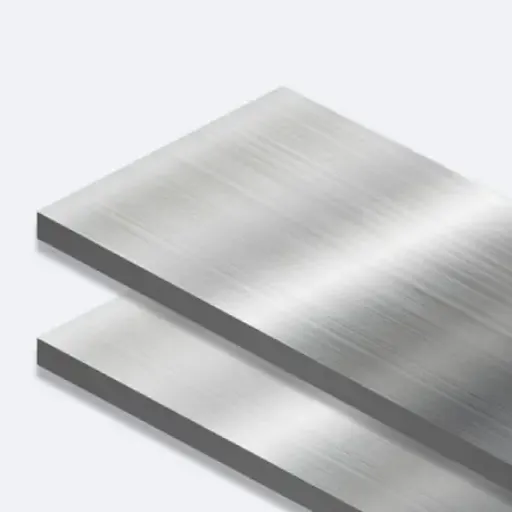
Grade 301 stainless steel has expanded into the aerospace sector, where it has proven to be a top-class material for aircraft fasteners. The material has been tested in various aircraft applications and is common in building aircraft components even in extreme heat conditions.
Performance Specifications
| Application | Performance Metric | Benefit |
|---|---|---|
| Aircraft Fasteners | 290,000 psi tensile strength | Adequate for aerospace structural demands |
| Temperature Tolerance | -320°F to 1500°F range | Reliable in harsh aerospace environments |
| Machining | Excellent machinability | Formation of complex aeronautical components |
| Maintenance | Stress corrosion resistance | Reduced long-term operational costs |
Enhanced Strength and Hardness
Beyond its impressive corrosion resistance, Grade 301 stainless steel demonstrates exceptional strength characteristics that make it valuable across aerospace, automotive, and industrial applications.
Strength Specifications
- Tensile Strength: Up to 1,200+ MPa with strain hardening
- Hardness Rating: Can exceed 55 HRC requirement
- Temperature Stability: Maintains properties from cryogenic to 1,100°F
- Shock Absorption: Excellent impact resistance compared to other stainless steels
Potential Limitations and Considerations
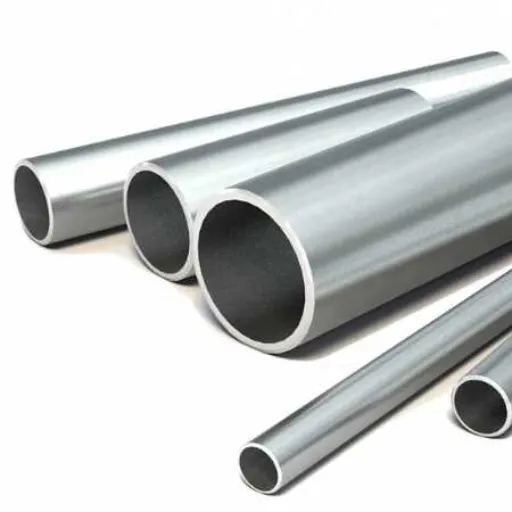
Important Considerations
While Grade 301 offers outstanding mechanical strength and corrosion resistance, there are some potential limitations to consider:
| Limitation | Impact | Mitigation Strategy |
|---|---|---|
| Salt Water Resistance | Limited compared to 316 grade | Use protective coatings for marine applications |
| Work-Hardening Rate | Affects formability during machining | Careful processing control and annealing |
| High Temperature Performance | Properties deteriorate above 800°F (427°C) | Consider grades 310 or 321 for high-temp applications |
| Processing Costs | Higher treatment and protection costs | Evaluate cost-benefit for specific applications |
Industry Expert Insights
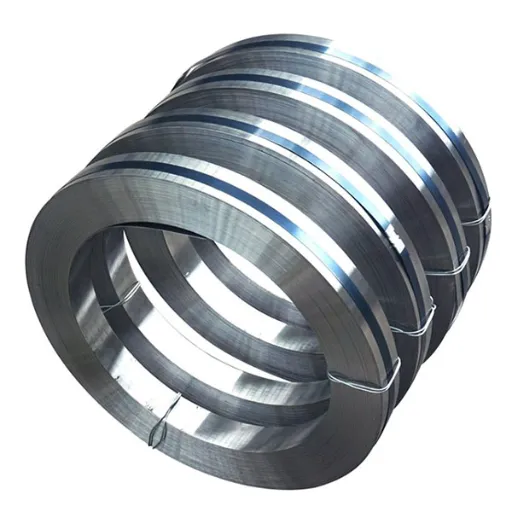
Professional Perspectives
Material engineering professionals consistently praise Grade 301 for its impressive work-hardening and strength features. The grade uniquely changes shape under severe conditions while maintaining structural integrity, making it preferred for:
- Automobile components and springs
- Architectural panels and structural elements
- Transportation sector applications
- Aerospace components requiring strength-to-weight optimization
Cost-Effectiveness Analysis: Industry experts note that Grade 301’s lower nickel content (compared to 304 and 316) positions it as a cost-effective alternative for high-strength applications, while its 16-18% chromium content provides adequate corrosion protection for most standard environments.
Reference Sources
- Marlin Wire: Common Types of Stainless Steel
This article discusses Grade 301 stainless steel, highlighting its composition (nickel and chromium), ductility, and strength after cold working.
Source - eBay: Antique Elgin Grade 301 Pocket Watch Movement
This listing provides details about the Elgin Grade 301 pocket watch movement, offering insights into its historical and functional aspects.
Source
Frequently Asked Questions
Grade 301 stainless steel is enhanced through cold working, which increases its strength and hardness. When it undergoes cold working to achieve various tempers, it gains flexibility to satisfy specific strength and resistance requirements. This process helps improve its performance in mildly corrosive environments.
Austenitic stainless steel, of which type 301 is a part, is well-known for excellent corrosion resistance. With higher levels of chromium and nickel, it is especially capable of withstanding mildly corrosive environments, making it the best choice for industries where corrosive substances are of concern.
Collaborating with a trustworthy vendor to supply 301 stainless steel is pivotal toward guaranteeing the quality and reliability of your projects. A decent supplier should offer dedicated material processing, provide specific guarantees about their inventory, and deliver precise specifications.
High strength, outstanding corrosion resistance, and superior ductility are all hallmarks of stainless steel grade 301. The alloy is generally non-magnetic, maintaining structural stability at room temperatures. As a result, the material can be used in pocket watch movements and aerospace components.
To ensure quality and reliability in stainless steel supply, confirm the supplier’s quality management system, discuss your specific requirements, and inquire about stock availability. Arranging meetings with suppliers helps you understand their capabilities for selecting the right materials.
The Future of Grade 301 Stainless Steel
Grade 301 stainless steel continues to be a versatile, cost-effective solution for applications requiring exceptional strength, moderate corrosion resistance, and superior formability. From precision pocket watch movements to critical aerospace components, this remarkable alloy demonstrates that the right material choice can make all the difference in engineering excellence.

